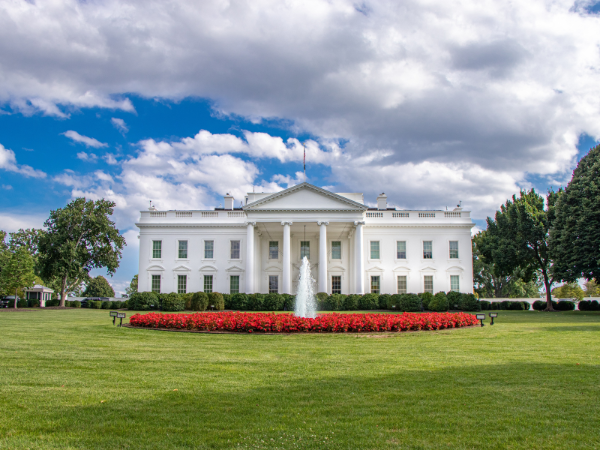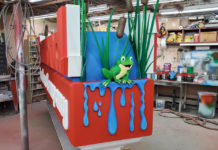What is $360 million plus 25 percent? This is not a math question, but a possible impact to the sign and graphics industry, if proposed aluminum tariffs come to pass.
Several experts I chatted with estimated that our industry uses more than $600 million worth of the lightweight, silvery metal each year. About 40 percent, or $240 million, of what’s produced is domestic. President Trump has proposed adding 25 percent tariffs on the remaining imported product.
While this may seem familiar, there are key – and dramatic – differences between the Trump 1.0 tariffs in 2018-2019 (and even the aluminum tariffs kept and increased under President Biden) and what is proposed now. Key among them:
- Previously, tariffs were imposed on aluminum from major countries like China, Mexico and Canada. Now, all countries are expected to face tariffs.
- Last time, there were exemptions and exceptions. None are currently proposed.
- But most importantly, tariffs in 2018-2019 were mostly only 10 percent. That seems mild compared to the 25 percent currently proposed.
Another complicating factor: domestic production of aluminum has been declining for years, especially since 2021 (and domestic capacity is stretched to the limit at that). It doesn’t help matters that the United States doesn’t mine any raw aluminum, and that aluminum is a commodity that traditionally has been subject to pricing volatility.
All of that creates a perfect storm, making the sign and graphics industry even more vulnerable to disruptions brought by tariffs.
Just the news of the impending tariffs already drove aluminum prices up 5 to 15 percent, before they even took effect in March. Some industry leaders told me they expected price increases of 20 to 30 percent by the end of April. From others I learned that some national accounts (i.e., rebranding programs) may be put on hold due to the unpredictability in pricing and availability caused by the tariffs.
Needless to say, suppliers and distributors should be keeping in close and regular communication with their sign company customers about pricing and availability concerns, and vice versa.
Are there any silver linings to take advantage of despite these difficulties? Again, the recent past offers possible paths forward. Before, tariffs made our industry explore alternative materials, look for ways to improve operational efficiency and productivity, forge stronger and more diverse relationships with suppliers, and find innovative answers to help keep our industry competitive.
Another positive is that today the supply chain seems to be in better condition—so far. At this point, there is no global pandemic, which only multiplied the earlier issues.
It is always difficult to predict which way the wind will blow in Washington and things may have changed before you got to the end of this column. However, ISA continues to monitor the situation and will provide information and resources on market trends to help you navigate these challenges. We also will work with organizations like the National Association of Manufacturers, adding our voices to those who are making political leaders aware of the impacts being felt.
If you want to explore the latest in materials, meet new suppliers, or even just meet with others with shared experiences and concerns, ISA International Sign Expo is the absolute best place to do so. We’re back in Las Vegas for a packed tradeshow floor and cutting-edge insights. Learn more at www.signexpo.org.











